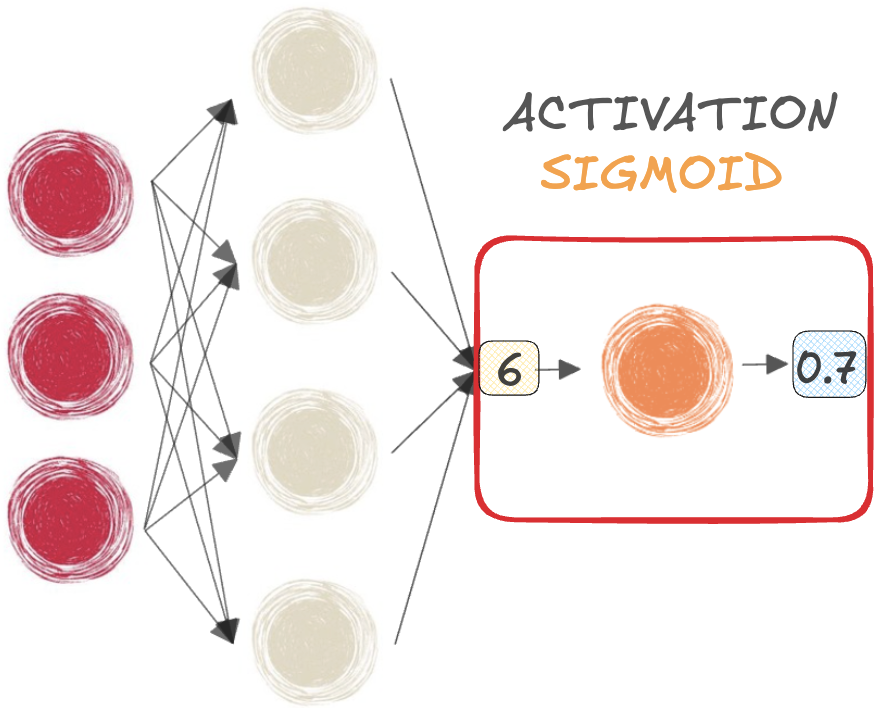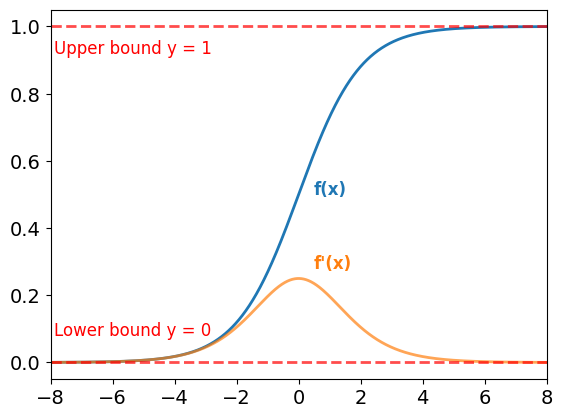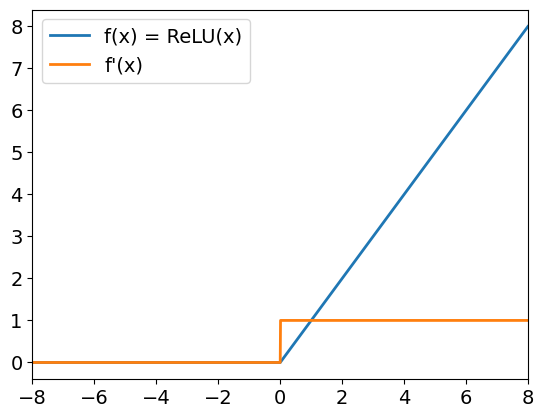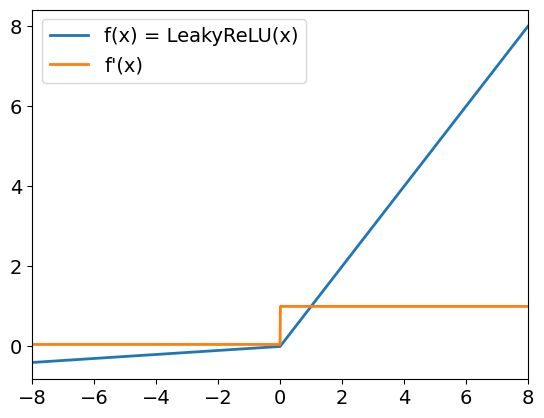ReLU-Aktivierungsfunktionen
Einführung in Deep Learning mit PyTorch

Jasmin Ludolf
Senior Data Science Content Developer, DataCamp
Sigmoid- und Softmax-Funktionen
$$
- SIGMOID für BINARY Klassifizierung

$$
- SOFTMAX für die MULTI-CLASS-Klassifizierung

Grenzen der Sigmoid- und Softmax-Funktion
Sigmoid-Funktion:
- Ausgaben, die zwischen 0 und 1 liegen
- Überall im Netz einsetzbar
Steigungen:
- Sehr klein für große und kleine Werte von x
- Verursachen Sättigung, was zu verschwindenden Gradienten führt
$$
Auch die Softmax-Funktion leidet unter Sättigung

ReLU
Rectified Linear Unit (ReLU)
f(x) = max(x, 0)- Für positive Eingänge: Ausgang ist gleich Eingang
- Für negative Eingänge: Ausgang ist 0
- Hilft bei der Überwindung verschwindender Gradienten
$$
In PyTorch:
relu = nn.ReLU()

Leaky ReLU
Leaky ReLU:
- Positive Eingänge verhalten sich wie ReLU
- Negative Eingaben werden mit einem kleinen Koeffizienten skaliert (Standardwert 0,01)
- Gradienten für negative Eingänge sind ungleich Null
$$
In PyTorch:
leaky_relu = nn.LeakyReLU(
negative_slope = 0.05)

Lass uns üben!
Einführung in Deep Learning mit PyTorch

